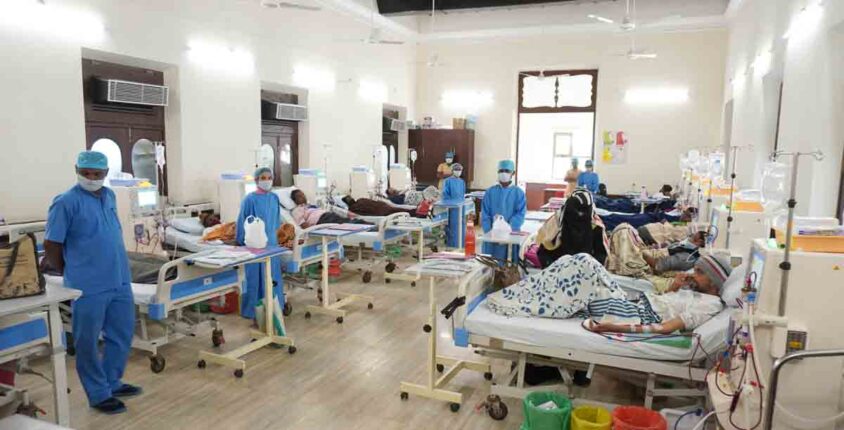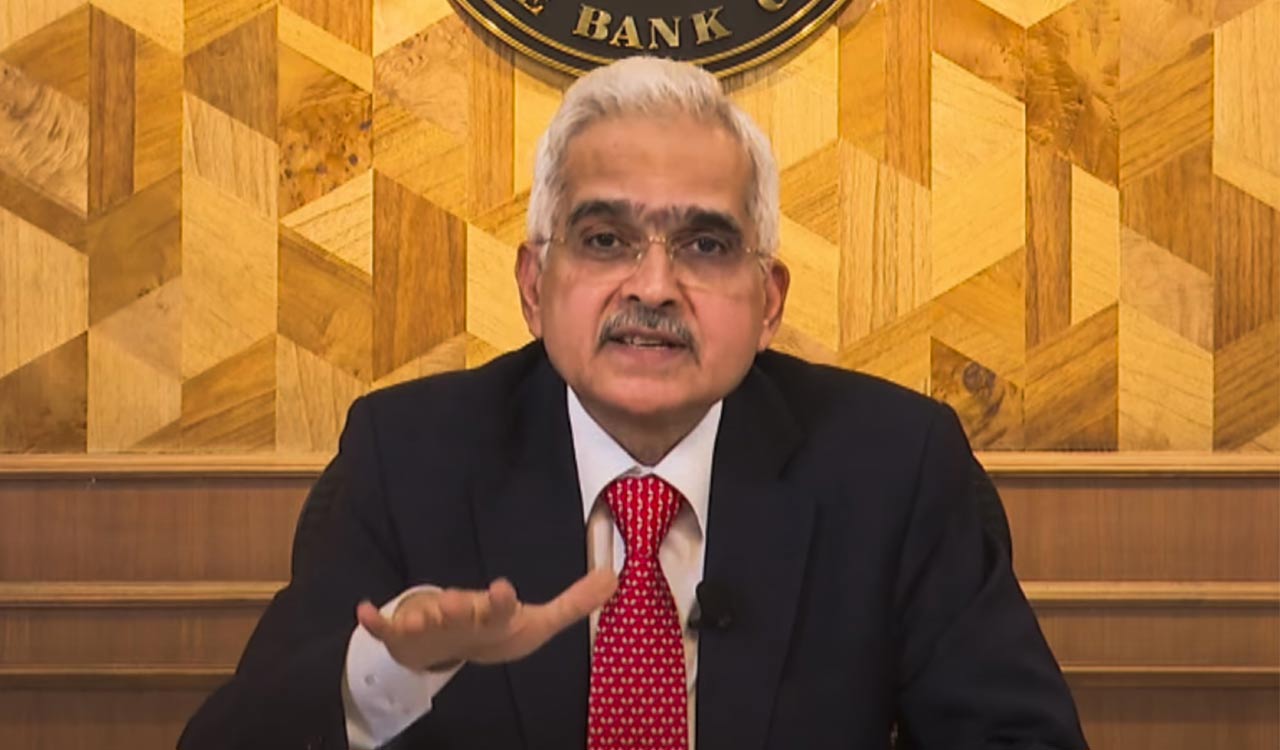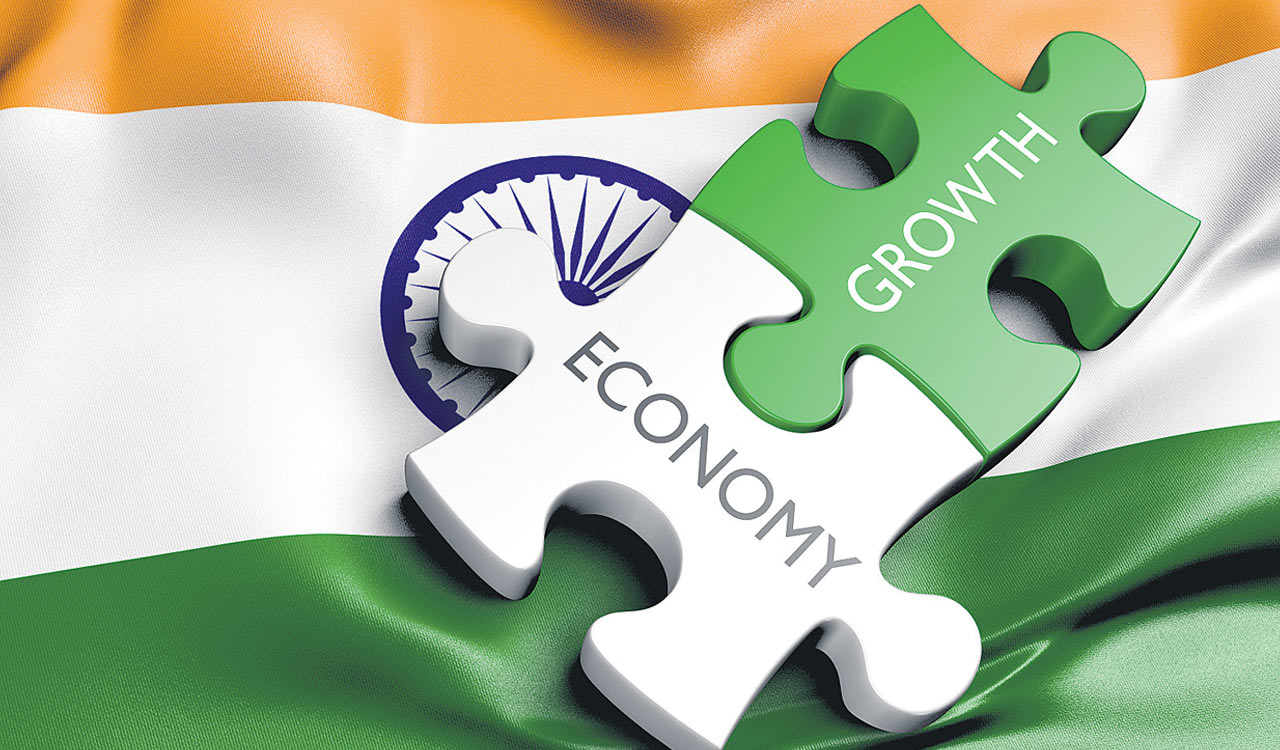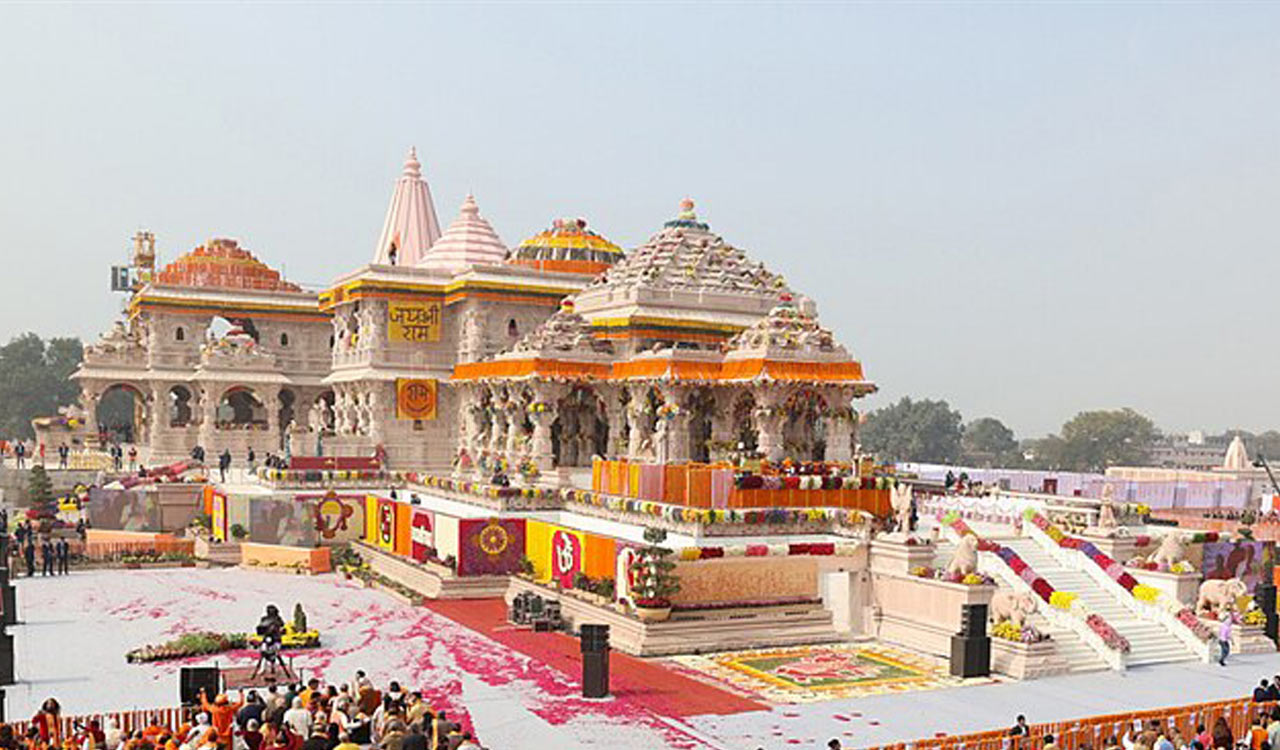Editorial: Care for the elderly
Expanding Ayushman scheme without increasing funding will result in substandard care for senior citizens

The expansion of the Ayushman Bharat health insurance scheme to cover all senior citizens above 70 years, irrespective of their income status, is a welcome step but its success will depend on how effectively the broader issues concerning the healthcare system are tackled. In India, it is estimated that a visit to the hospital pushes 5.5 crore people below the poverty line every year. The out-of-pocket expenses dominate the costs and often cripple the families. India’s expenditure on healthcare accounts for just over 1.17% of the GDP, one of the lowest in the world. Unless public expenditure on healthcare, particularly in semi-urban and rural areas, is increased significantly, ground realities will remain the same. By 2050, India’s elderly population is expected to double, touching about 320 million and constituting nearly 20% of the total population. Obviously, this will have a profound implication not only for our healthcare system but for society at large. This demographic shift would result in an increasing need for long-term care, especially for chronic illnesses such as diabetes, arthritis and heart disease. Unfortunately, India’s healthcare infrastructure remains ill-equipped to meet these needs, especially in rural areas where access to care is already limited. Expanding the Ayushman scheme without increasing public healthcare funding could result in States cutting costs, which may lead to poor quality care, especially in economically weaker regions. The scheme’s sustainability depends on how well the State governments implement it.
Wealthier States may manage the expansion, but poorer States could face disparities in healthcare quality and accessibility, exacerbating regional inequalities. Moreover, a CAG report last year highlighted how the scheme is plagued by widespread corruption. Empanelled hospitals in many States were found flouting prescribed standards, impacting the quality of their services. In fact, there are not enough empanelled hospitals to meet the growing needs. Private hospitals in many States have curtailed services due to payment delays by governments. Also, the scheme does not cover outpatient care, though it is found that 40-80% of health expenditure in India is on OPD services. The care for the elderly is a completely neglected area in the country. A 2021 report from the Ministry of Health and Family Welfare showed that only 0.2% of hospitals have geriatric care units. There is a need to make substantial investments, both in terms of finances and human resources, in geriatric care. It acquires urgency in view of the steady weakening of traditional support systems over the decades and the rise of nuclear families. At present, most of the medical colleges do not have specialised training wings in geriatrics. This gap needs to be addressed immediately, keeping in view the future demand. Geriatric care is now largely confined to cities. Without investments in specialised healthcare infrastructure, the expanded insurance coverage could result in overcrowded hospitals and substandard care for senior citizens.
Related News
-
Hyderabad auto driver foils attempt to kidnap young woman, five held
42 mins ago -
Haiti gang attack on journalists covering hospital reopening leaves 2 dead, several wounded
2 hours ago -
21 dead as Mozambique erupts in violence after election court ruling
2 hours ago -
Cartoon Today on December 25, 2024
10 hours ago -
Sandhya Theatre stampede case: Allu Arjun questioned for 3 hours by Chikkadpallly police
11 hours ago -
Telangana: TRSMA pitches for 15% school fee hike and Right to Fee Collection Act
11 hours ago -
Former Home Secretary Ajay Kumar Bhalla appointed Manipur Governor, Kerala Governor shifted to Bihar
11 hours ago -
Hyderabad: Organs of 74-year-old man donated as part of Jeevandan
11 hours ago




